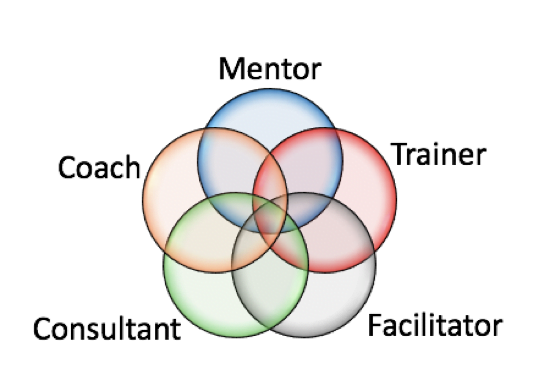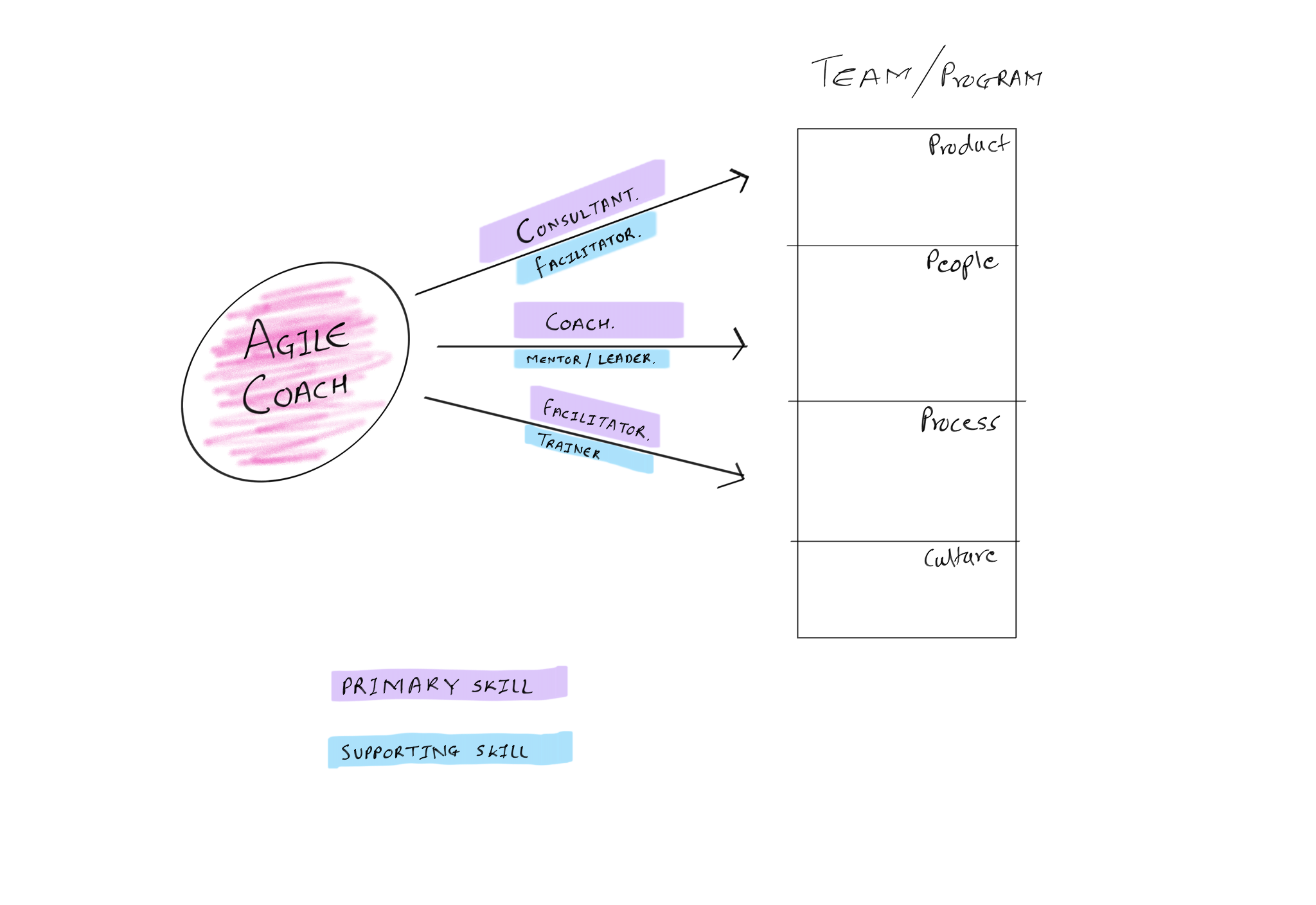Developing Agile Coaching skills.

SAKET BIVALKAR
Business Coach
Continual development of skills is an essential part go professional development of Agile Coaches.
But unfortunately, we see a lack of options to know what skills we are good at and what skills to develop further, an assessment, a development tools that will help Agile Coaches improve their most crucial skills, is something that is required.
But before we cover assessment and development tools, I would briefly like to cover who Agile Coaches are from my personal experience and view.
Agile Coaches help the organisation foster readiness and adaptability by helping companies improve of product, people and processes which in turn changes the company culture.
In the same vein, I believe that Agile Coaches must follow the same adaptability and dynamism, that they promote.
In my experience, the Agile Coach role has five different facets. The 5 facets are Coach, Mentor, Consultant, Trainer, and Facilitator.

These facets have different skills sets, combined with the capabilities, which is essential to know how and what to improve in each facet.
These facets connect with different parts of organisational improvement being undertaken and different work streams that an Agile Coach works on, an example is as following

Each of these skills has a trait, a behaviour that can be observed by others and by coaches themselves.
Now that I have put forth my mental model of agile coaching skills, I believe an assessment based on these facets and their observable behaviours would be more useful for improving the Agile Coach’s role and performance.
Responding to this belief, I am developing a tool consistent with assessing Agile Coaches’ performance, which is then provides a insight into different facets and what can be improved in each facet.
For time being this will be a self assessment, which mean who ever would like to take it would need to be aware and honest with themselves about their “Observables Behaviours”.
In the next blog I intend to publish the list of skills/ methods/ stances of each facet, based on my personal experience in agile coaching during last few years.
In future, We will be adding a 360-degree assessment, soon after a recommendation report for improving upon skills in each facet.
If you would like to take the assessment and know how you can develop in different facets, please ping me and I will send you a link to access the assessment.
Navigating the Storm: Challenges of Uncoordinated Change Efforts
Organisational Change is a constant. However, many organisations face a significant challenge – uncoordinated change efforts. Lack of alignment among departments can have profound consequences.
Understanding Organisational Culture: Symptoms and Impact.
Organizational culture is a complex and multifaceted concept that influences the behavior of individuals within an organization. By understanding the different interpretations of culture and the symptoms of different types of organizational cultures, organizations can take steps to create a positive and healthy work environment that fosters collaboration, innovation, and growth.
KNOM Element Five, data through intuition and intuition through data: Part 6
The final part of the article series on KNOM Element Five discusses how consistent change can be instigated through knowledge. Element Five: Outcome & Data Insights is the lifeblood of the KNOM organization, aggregating and dissecting data into actionable insights. To avoid having data smelling like rubbish, the article suggests establishing beforehand the aims the data must generate insights towards and help to improve. The article explains the data pyramid and how data is a tool for enhancing intuition. Element Five: Outcome & Data Insights proceeds through all the levels of the pyramid in different categories. These six categories are the most commonly utilized: Capability Accounting, Goals Vs Results, Market Outlook & Changes, Governance Backlog & Accounting, Talent & Culture Backlog, and Finance Backlog.




